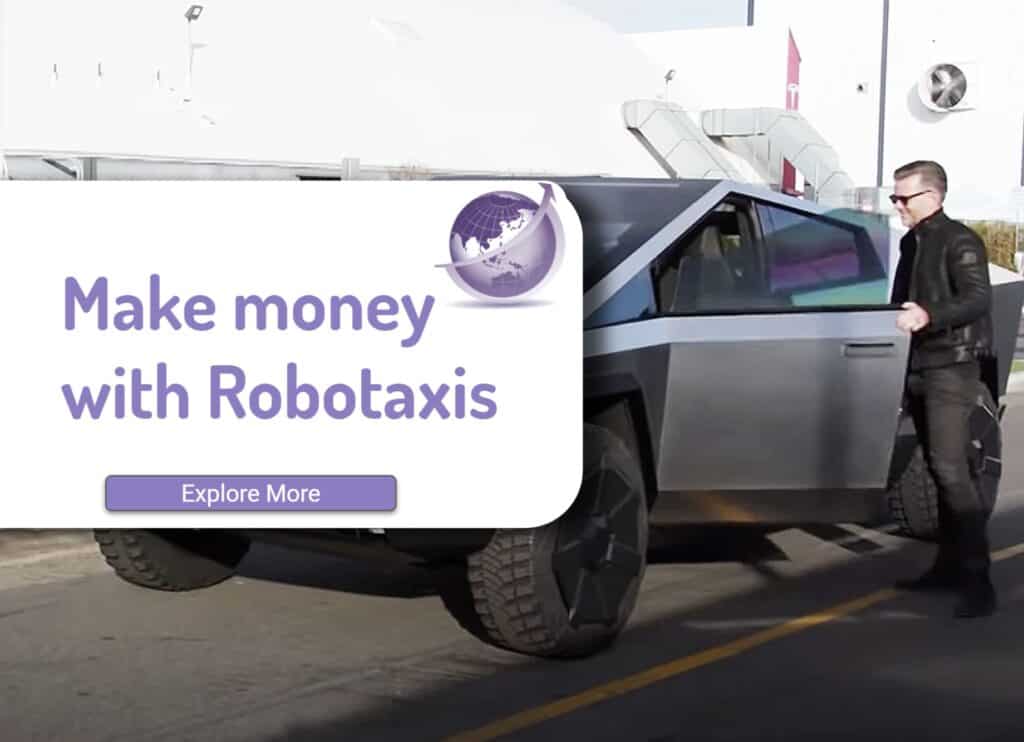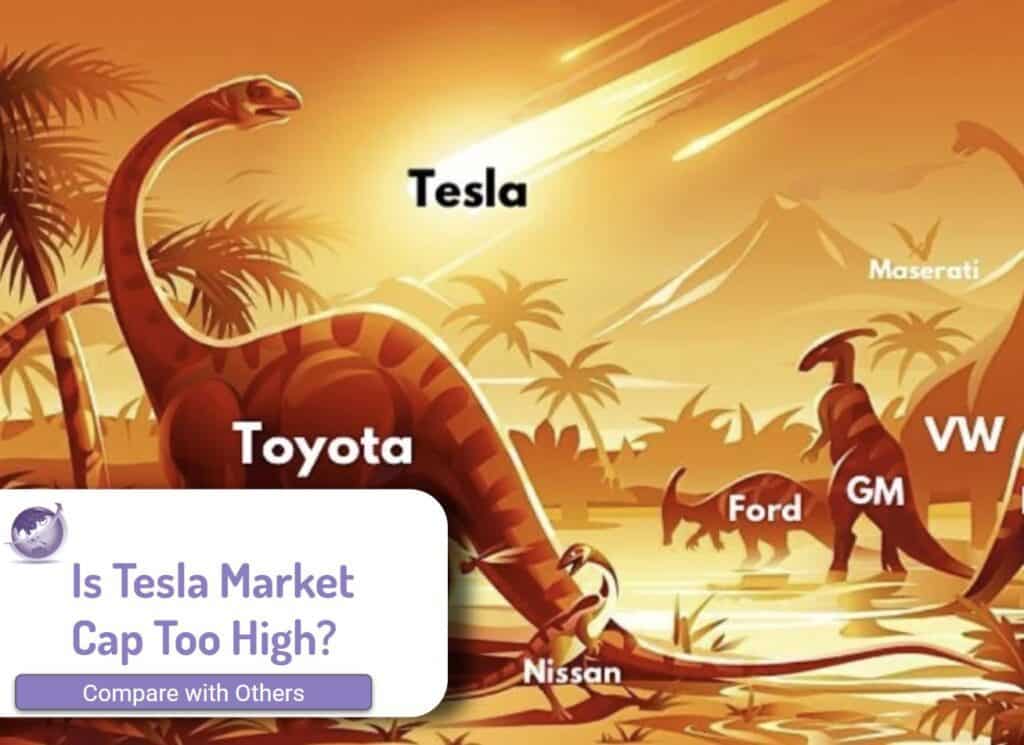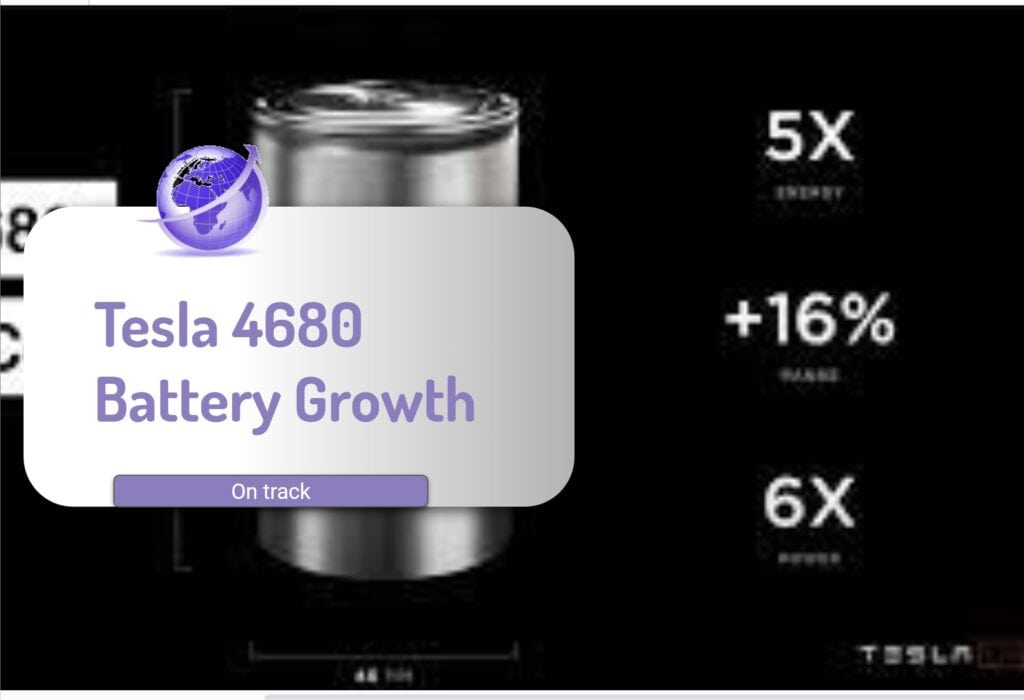Much has been made of the potential profitability for Full Self Driving (FSD) or Robotaxis with Tesla (article here) but in this YouTube Pierre Ferragu from New Street Research expands on the premise that the Tesla insurance opportunity will be more profitable and easier to implement than full self-driving. It is being rolled out in multiple states in the USA and expected, subject to regulators to be in all global markets. The insurance business could double the profit that Tesla makes today by selling cars. Even today Tesla has the highest gross margin of any vehicle manufacturer of over 30%. Note that long term they expect vehicle margins to exceed 20% consistently.
Update Jan 2023 Shareholders Call
- On the shareholders call on Jan 25th the following updates were noted
- Revenue was over $300 million
- About 17% of Tesla owners were customers
- Key data that Tesla was collecting was what type of accidents were occurring (mostly fender benders) and this data was
- leading to changes in design to make damaged panels less damaged or easier to repair
- Changing stock levels of spares to reduce time to fix.
- Would be showing as a line item at some future date to enable comparison with other major insurers,
Basis of Tesla Insurance Opportunity
Here are the 5 key reasons why Tesla can capture high gross margins and convert that to profit. The numbers are based on USA figures and are similar globally as most insurance companies are global or reinsured globally.
1. Insurance is mandatory
Vehicle owners have to have insurance. The cost of insurance for a $60,000 car is about $1,500 per year but could be as high as $2,800. Assume though that the cost is $1,000 per year. So it is easy for Tesla to introduce insurance.
2. Tesla Drivers Safety Scores are already 2X
Data from Tesla shows Tesla cars have the highest safety rating in the Insurance Institute for Highway Safety (IIHS) Tesla cars have 1/3rd the accidents of other vehicle models Tesla registered one accident for every 1.26 million miles driven. By comparison, NHTSA’s most recent data shows that in the United States there is an automobile crash every 436,000 miles.
If they use the Tesla Active Driving, they become almost 10X safer (based on Tesla Q4/2021 Safety Report).

3. Tesla FSD Makes for Better Drivers
To get to use Tesla FSD you have to get an adequate driving safety score. The software assesses speed, stopping but more importantly speed around corners, sudden braking, maintaining the appropriate distance between cars. These actions would improve driver safety by more than 2 times, or in other words over 20 times safer than a non Tesla, non-insurance safety score.
As drivers are monitored, then high-risk activities such as driving slow turns, or respecting distances become the measures, and not speed or stopping at stop signs which is the “normal measure”. Even for bad accident-prone drivers will improve their safety score, by essentially having an automated driving instructor in the car all the time.
4. Insurance Costs are Reduced 20x
With safer drivers, the insurance costs fall by 20x.
- Safer Tesla 2X
- Active Driving software – 8X to 10X
- FSD active driving monitoring – 2X
- Summary – Becomes 20 times safer.
For normal insurance, 5% to 20% of the insurance goes into financing the cost of risk of accidents. After operational costs, about 5% to 10% is profits to the insurance company. Operating costs of the insurance company include marketing, managing customers, sales costs etc. With a captive audience, the cost of marketing is effectively zero as they have no competition, as other companies do not have the data from the drivers.
Even if you sell to the driving maniacs then 75% of the cost of the insurance goes down 20 times, and the cost of insurance goes from 75% becomes 7.5% of the cost of insurance. I.e. insurance can decline by 60%.
5. Monster Profits
So Tesla makes a monster profit.
Tesla can afford to sell insurance at half of the other companies as they know your insurance profile, mostly as they know your risk profile, and make 60% or 75% Gross Margin, not 10% like the other insurers.
Now if all the Tesla maniac drivers with Tesla improve their scores, that further reduces their insurance cost. However, non Tesla owning maniacs have go to other insurers, and that drives up the insurance costs for those other insurance companies.
Vicious Circle
The gap becomes bigger. It is a vicious circle for other insurers and for other vehicle manufacturers. It will widen the gap between Tesla and others. Drivers with a poor driving record will simply not be able to afford the premiums with other cars. With Tesla the bad driver becomes a better driver and their insurance will come down as they improve. Not by regulation, but by Tesla FSD improving their driving ability.
A Forcing Function to make Safer Drivers
So the consumer choice is buy a Tesla with insurance at $1,000, or another manufacturers with a 3 x higher insurance cost. Expect the cost to non Tesla drivers and cars to be over $3,000 pa.
Tesla in contrast, will force maniac drivers to become better through their wallet. The better one’s score, the lower cost of insurance. They may start at a higher cost but the reward and feedback system is in place to change behaviour.
Most drivers say they are better than the average, but in reality, that is not true.
Regulators Become Supporters of Tesla Driving
If driving a Tesla becomes safer, regulators will become supporters.
Long Term, Tesla Profits Double
If they insure at $70 per month or $1000 per year then over 10 years, the revenue from insurance will be over $10,000 at a Gross Margin of 60% plus. I.e. over $7,500 additional revenue.
Compare that with the gross profit of $7,500 that Tesla makes by selling that car to the Tesla owner. A doubling of EBITDA. A massive increase in profit to Tesla. But also a huge cost reduction in vehicle operating costs to the consumer. A win win.
Adoption is only constrained by the rate of being an acceptable insurance company (i.e. regulators.) It can take off much more rapidly than FSD.
Customers Win with Tesla Insurance
Customers could have a 50% reduction in insurance premiums, which makes churn and customer acquisition easy.
States With Tesla Insurance
Check out Tesla Insurance page. InMarch 2023, 13 States are authorised.
https://www.tesla.com/support/insurance
It is available for current and new Tesla owners. The company’s insurance also offers coverage for non-Tesla vehicles for Tesla owners. It will be proposed to be in other countries. It means about 44% of all Tesla owners in USA.
Some USA states do not allow different prices for driver insurance risk. Tesla’s auto insurance is tied directly to a Tesla vehicle, enabling the company to assess a motorist’s risk based on driving behavior and then setting monthly premiums accordingly. This is known as pay-as-you-drive or usage-based insurance. When introduced in early 2021, Tesla said it used anonymized, aggregated data from its vehicles to set rates, not data based on an individual’s driving but with the advent of the beta release of FSD in late 2021 they introduced driver scores and variable rates. The rate is dynamic, with a trailing 3 month safety score adjusting the monthly premiums.
Robotaxi Insurance Already Solved
The YouTuber Dr. Know-it-all Knows it all in YouTube Version (https://www.youtube.com/watch?v=5LlQ8dcGVPA) says there is another one that says that when Tesla moves to Robotaxis, they already have a registered insurance company in the state or Country. Removes yet another barrier to entry.









